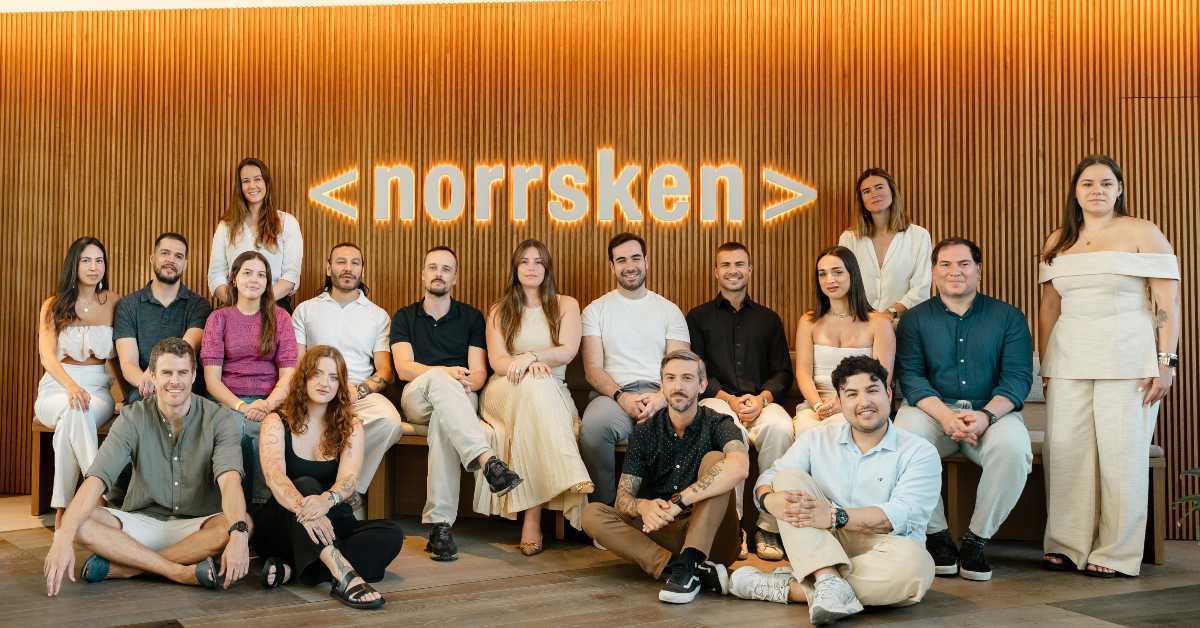Waymo, which started in 2009 as the Google self-driving car project, is ready for the next phase! For the uninitiated, Waymo’s self-driving vehicles utilise neural networks to perform driving tasks. It includes detecting objects, predicting other’s behaviour, and planning the car’s next moves.
DeepMind to the rescue!
According to DeepMind, an artificial intelligence company, training a neural network requires weeks of fine-tuning, experimentation, and substantial computational power. Founded by Demis Hassabis, Mustafa Suleyman, Shane Legg, DeepMind was acquired by Google back in 2014 in an attempt to push the boundaries of AI.
What’s the collaboration is all about?
To improve its self-driving cars, Waymo has collaborated with DeepMind, a fellow unit of Google parent Alphabet, to bring a training method called Population Based Training (PBT).
This technique takes its cues from how Darwinian evolution works. Notably, the researchers used this technique to train DeepMind to play StarCraft II.
According to Oriol Vinyals, DeepMind principal research scientist, the PBT will train neural networks to handle the different decisions that are required to maintain the proper safety and operation of autonomous vehicles.
How Population-Based Training (PBT) works?
Inspired by evolutionary principles, it is the first method developed at DeepMind that helps discover effective and efficient training regimes for neural nets. To make it more precise, the PBT works by launching many hyperparameter searches at one time, with periodic “competitions” to compare models’ performances.
The losing models are removed from the training pool, and training continues using only winning models, updated with slightly mutated hyperparameters. It’s worth mentioning that the hyperparameters will be actively updated throughout the training.
First experiment!
The first experiments that DeepMind and Waymo collaborated on involved training a network that generates boxes around pedestrians, bicyclists, and motorcyclists detected by our sensors–named a “region proposal network.
Waymo’s vehicles detect these road users using multiple neural nets and other methods, but the goal of this experiment was to train this single neural net to maintain recall over 99% while reducing false positives using population-based training.
Promising results at half the computing power.
According to the DeepMind, the results were promising when applied to pedestrian detection. They added, “Our PBT models were able to achieve higher precision by reducing false positives by 24% compared to its hand-tuned equivalent while maintaining a high recall rate.”
However, this doesn’t end here since it has been applied to several models of Waymo’s self-driving vehicles, promising further improvements to the technology.
Stay tuned to Silicon Canals for more updates in the tech startup world.
https://siliconcanals.com/news/drivetrust-raises-e1-5m-funding-safer-driving/










01
From telecom veteran to Dutch Startup Visa success: The Jignesh Dave story